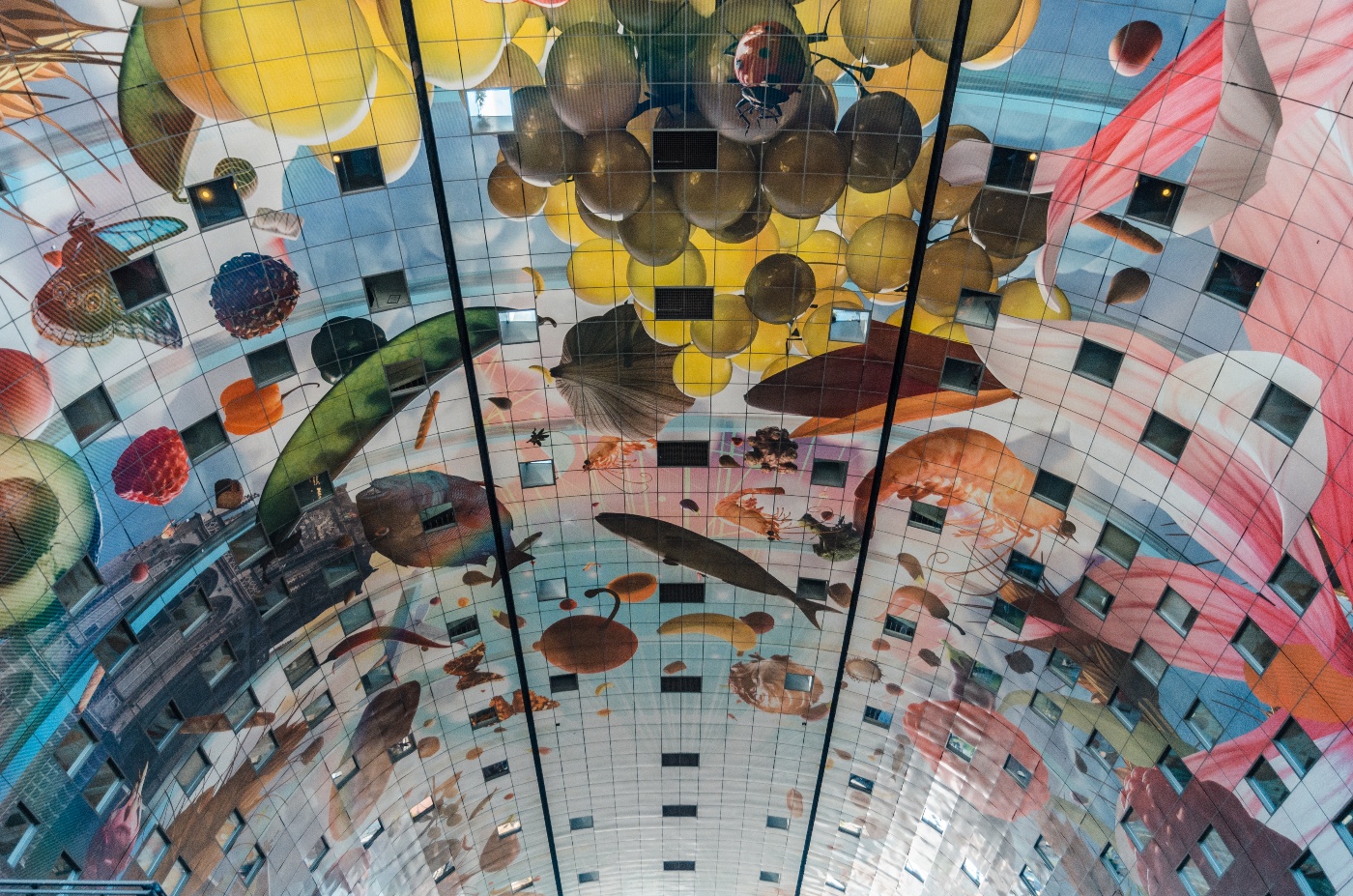Breaking News: Gig Work is Work, Artists are Workers
Hold up. Gig work is work? We know this news may come as a shock to some readers. Unless you’re an artist, in which case you are intimately familiar with the hidden costs, expectations, and contradictions of 1099 work. Like many other unacceptable realities of American living, the financial precarity of gig workers has been normalized in day-to-day life and entrenched in our laws. But there are growing networks of people working to change this reality and offering promising visions for the future of gig work for artists. We’re here to bolster 1099 arts workers with a bundle of statistics, a not-so-secret stash of resources, and a heaping spoonful of hope:
- NUMBERS to keep in your back pocket
- RESOURCES to protect your rights
- HOPE to stoke your fires
NUMBERS to keep in your back pocket
Whether you’re gearing up for a casual hang with new, open-minded friends or waiting in line at the grocery store, we recommend sharing some fun labor statistics with anyone who has the pleasure of your company.
For example, you could tap your new buddy on the shoulder and ask, “have you heard of the independent contractor loophole?” As their eyes begin to sparkle with warm interest and boundless curiosity, you explain how it works:
Across all sectors, the independent contractor loophole enables employers to cut labor costs by 30 percent or more by hiring workers as independent contractors instead of regular W-2 employees. Numbers rarely tell the whole story, so let’s be *crystal clear* on where these savings are coming from. As a 1099 worker, your employer isn’t paying for health benefits, Social Security, Medicare, unemployment, injured workers compensation, lunch breaks, paid sick days, vacation days, or family and medical leave (i.e. all the things a human needs to support themselves and their loved ones).
“Hold up,” your new pal says, “my sibling is a construction worker and they have cool benefits that follow them across the country. Isn’t that 1099 work, too?” You nod and smile, because you’re about to stir some spicy nuance into the conversation:
To get a complete picture of the precarity different workers face, we often need to dig deeper and consider the industries they operate in. For example, arts workers in the U.S. are three times more likely than other workers to be self-employed. But unlike construction workers, who have strong labor unions and well-resourced employers, arts workers are part of an industry (like care work) that is wildly undervalued. Consequently, many small arts organizations operate on a shoestring budget, making 1099 contracts the only viable option for compensating artists. Real and perceived scarcity is rarely an isolated problem—it permeates whole industries.
RESOURCES to protect your rights
As you hoist a large cluster of fresh grapes out of your shopping cart, your new friend catches a single, falling grape in their hand. They hold it in their palm and ask, “what could a lone artist ever do to change this system? It seems hopeless.” You give the bag of grapes a good shake and say, “who ever said they were alone?”
The “benefit” of being part of a widespread problem is the opportunity for connection and knowledge sharing—or even legislative action. Here are three resources that working artists need to remind each other of, so that every grape can have a place on our vine:
- WORKER COOPERATIVES like Guilded offer a variety of protective and collaborative solutions to the everyday problems of a freelancer, including “contract management, invoicing, guaranteed payments, tax preparation, and health care.” There’s strength in numbers.
- ONLINE PLATFORMS like W.A.G.E., best known for its artist fee calculator, are working to provide creative workers with the tools they need to advocate on behalf of their own compensation and the compensation of fellow artists. There’s even a W.A.G.E. certification program for non-profits.
- LEGAL PROTECTION can be expanded through local laws, like the Freelance Isn’t Free Act in New York City. By providing enforcement teeth (chomp!), local laws like this one can help fill the gap left behind by federal labor laws. Almost always, new legislation is the result of years of advocacy, organizing, protest, and relationship building—by people just like you and me.
HOPE to stoke your fires
The grocery store’s automatic doors sweep open in front of you, and a single beam of sunlight follows you and your new friend home. “I had no idea how structurally unsound this 1099 shit is,” they say, “I want to burn it all down.”
Fire is a powerful thing. Personally, I’m more excited about building something better. Whether through the wave of arts worker unionization happening right now, or the re-emergence of sectoral bargaining (a beautiful, beautiful thing), people are laying the groundwork for arts workers to do more than survive. A thriving artist won’t always be breaking news.
How can we support artists’ ability to thrive? Fractured Atlas breaks it down for curious readers in our 2023 Opportunity Scan—a high level research scan on six areas of activity that have implications for artists' lives and livelihoods. Follow along on Instagram as we dig into each area and share what makes them exciting to us.
About Vicky Blume
Vicky Blume lives in Austin, Texas with her cat and partner. She co-leads the unparalleled External Relations team here at Fractured Atlas. In her artistic practice, Blume builds interactive websites, animations, and installations that offer calming and consensual alternatives to the Attention Economy.


